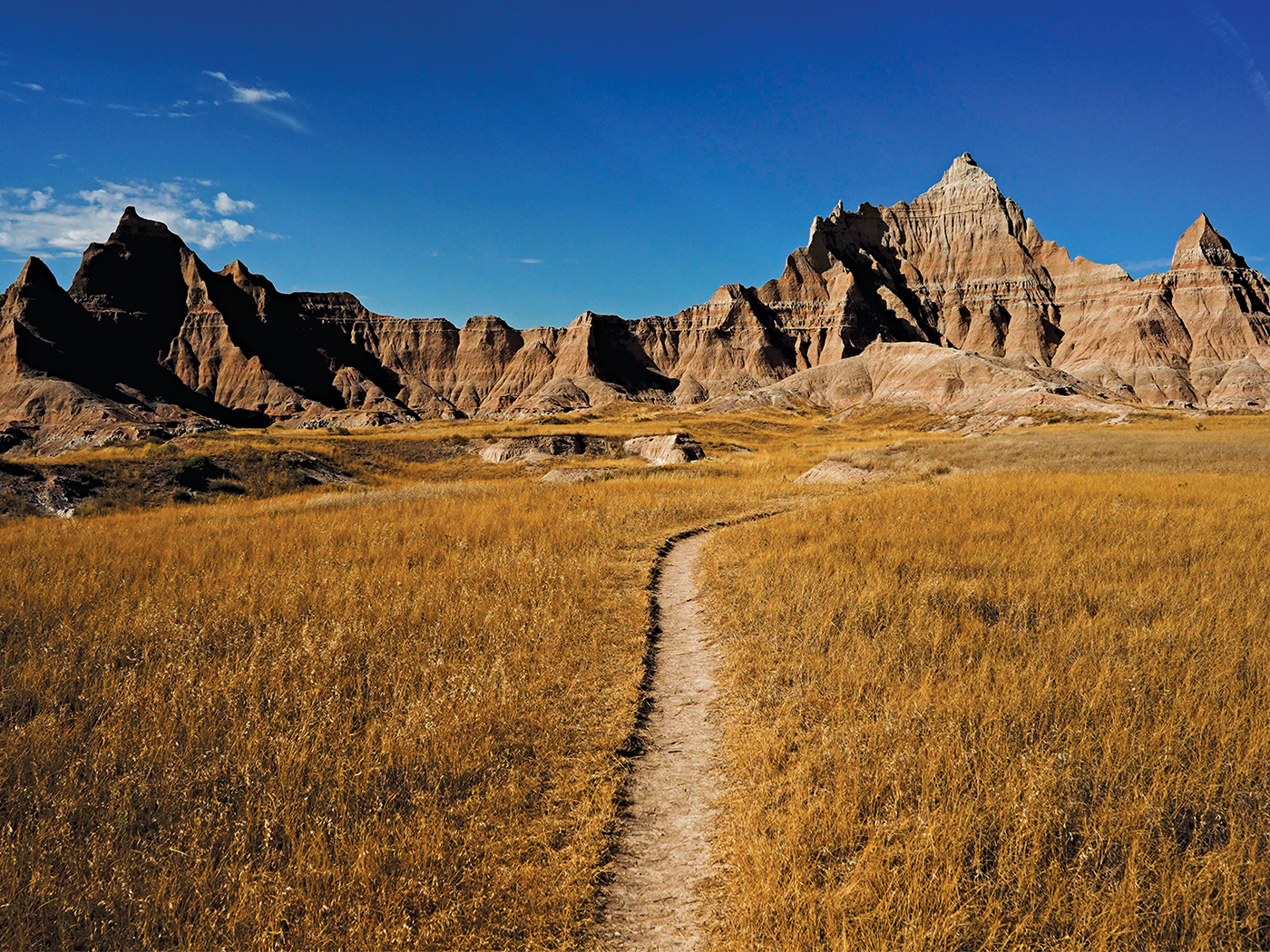Droughts across north Texas dried the Paluxy River bed, famous for its dinosaur footprints. Ordinarily, the dinosaur tracks lie buried beneath water-covered mud, but dry conditions enabled workers to remove the mire that had long covered them at Dinosaur Valley State Park near Glen Rose. Reports of the newly exposed tracks revive the thrill of discovery as well as mysteries about these tracks.1
For example, why are there dinosaur tracks instead of ones from other animals?
Were these dinosaurs the only creatures alive at that time? But that doesn’t square with fossil bone beds that preserve all kinds of creatures, including dinosaurs, birds, mammals, and fish jumbled together. A track-making model based on Noah’s Flood could help. Flood waters may have washed out all the possible track makers except those from creatures that were strong swimmers.
Adult theropod Acrocanthosaurus, plus the sauropod Sauroposeidon, made the most tracks within Dinosaur Valley—and elsewhere for that matter, from San Antonio to Colorado and even Arkansas. Sediment-carrying, land-covering tsunamis could have washed away other animals, including the often-absent baby dinosaurs.
How did any tracks get preserved at all? Tracks rarely get preserved today, and never in the same conditions that the Glen Rose Limestone shows. The sediment must have begun just soft enough to deform when a multi-ton creature walked on it. Then it must have hardened within hours or days—soon enough to keep waves, wind, other creatures’ footsteps, worms, and clams from obliterating the tracks. Then, long before vegetation could take root to disorganize the ground and its tracks, new waters brought fresh sediment to cover the tracks. What was the world like when it could meet these conditions? And why were they walking on limestone which is a marine deposit? This means the dinosaurs were walking in the ocean!
Perhaps the most mysterious feature of both newly discovered and long-known tracks is the broad extent of the rock layers that hold them. Conventional tales say those dinosaurs walked along wet shorelines near ancient lakes or oceans. Today’s shorelines slope down to the water, but not these limestone layers! Somehow, muds landed flat as a pancake for hundreds of square miles.
Once again, the Flood supplies unique conditions that these track-bearing sediments point to. One of the many sediment-laden watery pulses from the year-long Flood of Noah’s day has the potential to lay sediments down that flat that far.
Of course, if these tracks were made within the last few thousand years, then they would not match the conventional millions of years assigned to the Glen Rose Limestone. Given the short time required to have recorded, hardened, and covered them, these new tracks could step on some old ideas.
Reference
1. Sotelo, G. Dinosaur Tracks Uncovered in Texas. Gizmodo. Posted on gizmodo.com August 22, 2022, accessed August 28, 2022.
Stage image: Paluxy river tracks revealed in 2000
Stage image credit: Copyright © Brian Thomas. 2000.
*Dr. Brian Thomas is Research Scientist at the Institute for Creation Research and earned his Ph.D. in paleobiochemistry from the University of Liverpool.
Fresh Dinosaur Tracks Revive Rankling Mysteries
The Latest
The Lord Jesus: The Gift of Christmas
“Therefore God also has highly exalted Him and given Him the name which is above every name, that at the name of Jesus every knee should bow,...
Garments for the King
“All thy garments smell of myrrh, and aloes, and cassia, out of the ivory palaces, whereby they have made thee glad.” (Psalm 45:8)
One...
Bold Claim, Hidden Design: What Salterella Reveals About Early...
What if a fossil no bigger than a grain of rice showed engineering so precise that it still puzzles scientists? That is the intrigue surrounding Salterella,...
CREATION PODCAST
Black Holes are BREAKING the Big Bang! | The Creation Podcast:...
Space is full of some of the strangest and most breath-taking objects in existence. Among them, black holes sit right at the top of the list. They're...
Where Did Most of Earth's Species Come From?
Evolutionary naturalism is locked into seeing the entire living world as having evolved from a single common ancestor many millions of years ago.1...
A Molecular Snowmobile
People following—or actively involved in—creation science are no doubt aware of the incredible molecular motor called the flagellum,1,2...
Rhino Fossil Requires the "Impossible" from Conventional...
A recent study published in Nature Ecology & Evolution claims that the “impossible” actually happened—not just once, but three...
December 2025 ICR Wallpaper
"Come now, and let us reason together," Says the LORD, "Though your sins are like scarlet, They shall be as white as snow; Though they...
The Bipedal Two-Step of Human Evolution
The supposed evolution of bipedalism continues to be a major obstacle in the narrative that humans evolved from apelike ancestors.1,2
For...
CREATION PODCAST
The James Webb Space Telescope vs The Big Bang | The Creation...
When you look into the night sky, you’re seeing light that has traveled incredible distances to reach you. For centuries, astronomers have used telescopes...
















